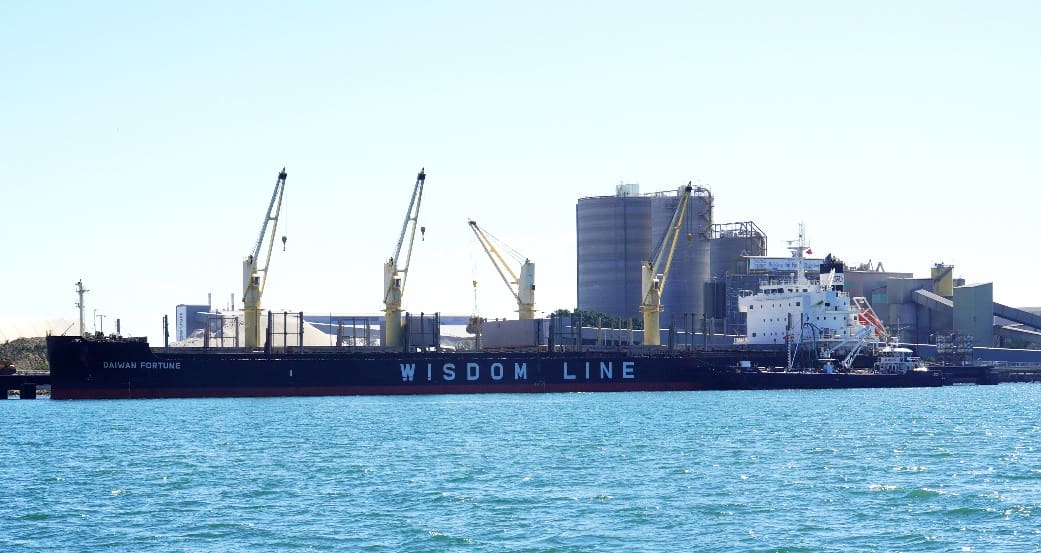ADJUSTMENTS to supply chain and arbitrage by major market players have been key to keeping a resilient agricultural trade sector. The nature of the grains and oilseeds trade, transactions in un-processed goods from farmer in bulk shipments to destination has helped the global forces of supply and demand determine prices and has allowed markets to maintain generally a healthy equilibrium.
 The 2007-11 spikes in agricultural prices raised alarms over the state of world trade in agricultural commodities, especially in the context of global food security.
The 2007-11 spikes in agricultural prices raised alarms over the state of world trade in agricultural commodities, especially in the context of global food security.
In response, many markets witnessed the resurgence of commodity exchanges to increase price transparency and price transmission while at the same time buffer stocks became fashionable again as a means to stabilising prices. Countries also embraced digital and satellite technology to heighten transactional efficiency, integrate markets, and improve estimates for production, usage and stocks.
At global level, the Agricultural Market Information System (AMIS) was established to tackle the challenge of high food price volatility by providing timely market information for improved decision making across the food value chain.
Restrictive trade intervention eventually ineffective
While the structure of the international trading system has undergone fundamental changes (with a recent shift from global approaches to more restricted or geographically limited trading regimes) the agricultural sector has demonstrated an astonishing capacity to adapt to evolving national and global policies, allowing it to thrive.
Unlike the energy and industrial metals markets, which engage in resource extraction, refinement and export (often under state control), basic agricultural production involves the decisions and exertions of millions of farmers. Similarly, while manufacturing often embraces value added processes before product distribution, grains and oilseeds have a streamlined supply chain: they usually ship in bulk before being processed and distributed domestically.
The exponential growth of agricultural trade over the last 25 years demonstrates that restrictive trade interventions such as tariffs, quotas, taxes and bans have been largely ineffective: In most cases, they proved temporary phenomena that were eventually countered by supply chain adjustments and arbitrage by the major market players.
For example, productivity increases in the Black Sea region have transformed a former net importer to the largest exporter of grains over the past three decades. Brazil – a contra seasonal supplier – continued to increase acreage yearly, now surpassing the US to become the largest exporter of maize and soybeans.
Supply and demand facilitates trade
Even with many countries providing sizable subsidies and other market distorting measures as part and parcel of a national safety-net mechanism, most policies since the 1990s have tended to decouple support levels from commodity prices.
This has increasingly allowed the global forces of supply and demand to determine prices, hence allowing agricultural markets to maintain a generally healthy equilibrium.
Trade tensions and market interventions have resurfaced again since 2018, largely fuelled by the US initiative to reduce its reliance on imports of industrial and finished goods, most notably from China that expanded the conflict also to agricultural markets.
However, trade escalations began to ease with the signing of the bilateral Phase One Trade agreement (2019) while the US pledged to realign its interests, particularly by using bilateral trade pacts with several countries and regions, challenging the long-fought establishment of multilateralism.
Resilience
Although not completely inured to a bout of unilateralism and protectionism, the agricultural sector, building on multiple resiliencies over the years, has demonstrated its capacity to remain largely insulated from major disruption, including trade escalations.
Elevated awareness, much in line with the main goal of AMIS, and instantaneous price signalling, have helped maintain global food supply chains intact, even during the current pandemic of COVID-19. In fact, trade in grains and oilseeds has continued to expand over the past couple of months, contrary to massive contractions confronting non-agricultural sectors.
Source: AMIS

HAVE YOUR SAY